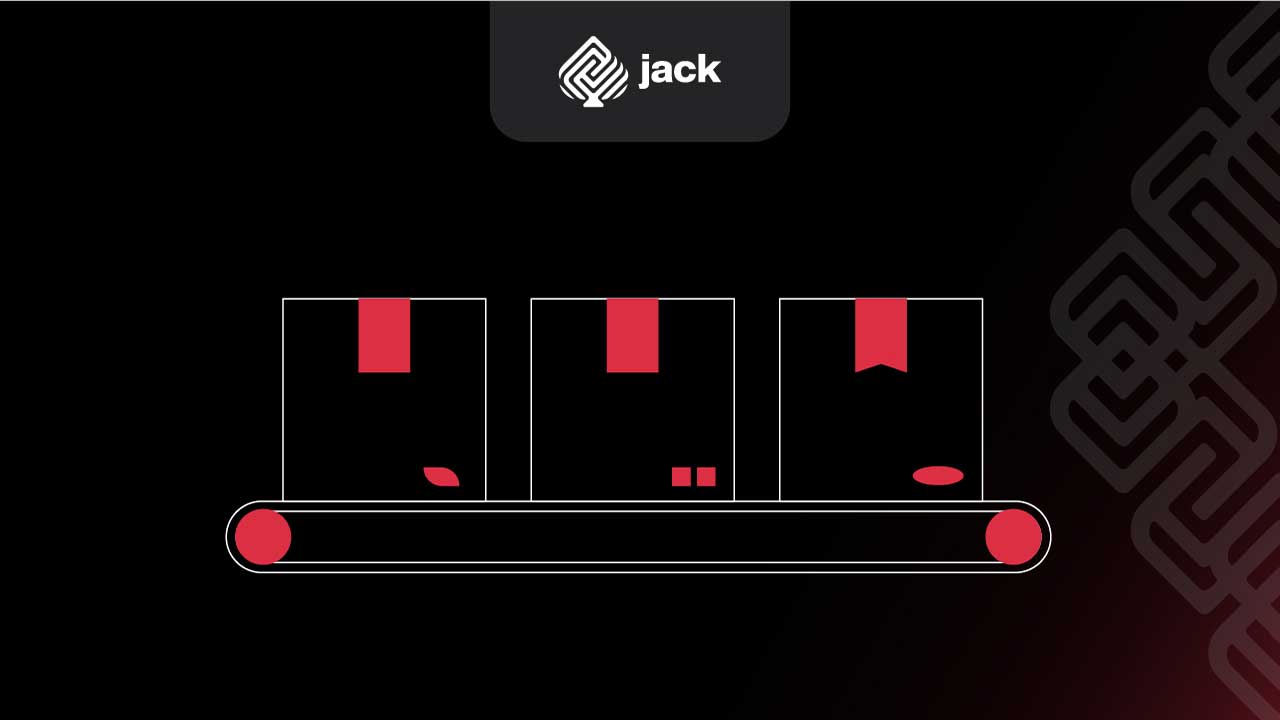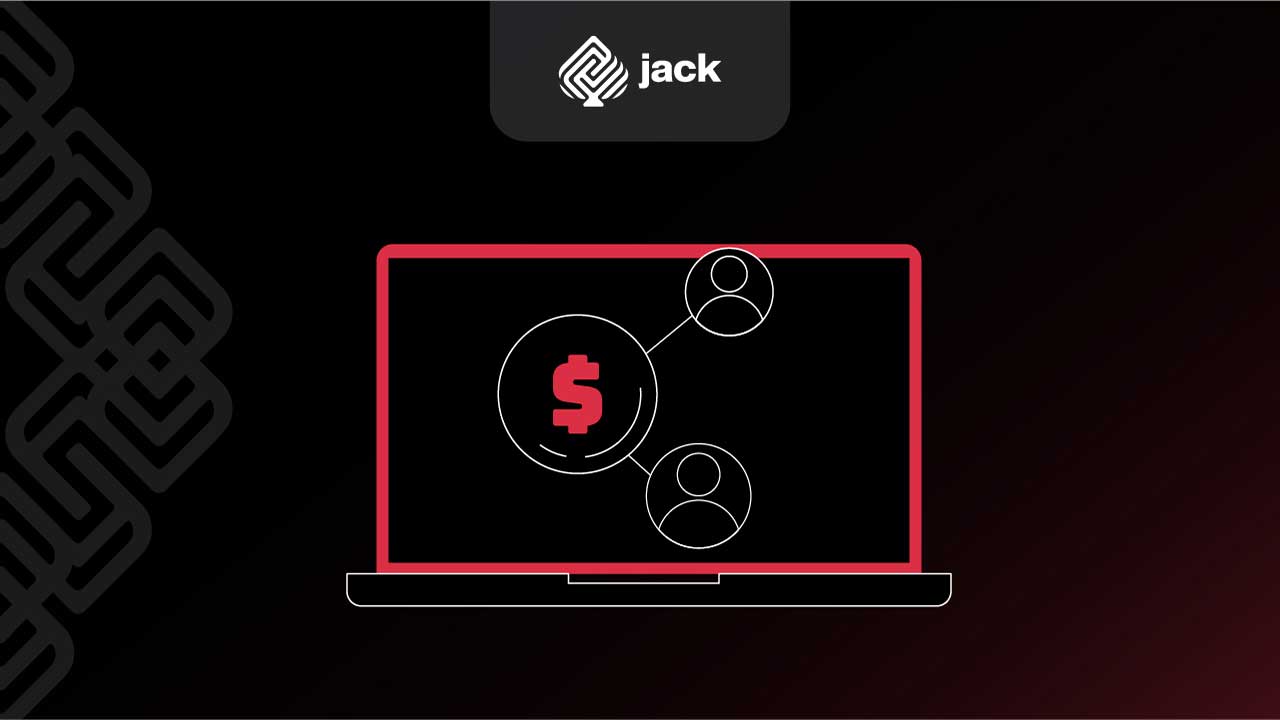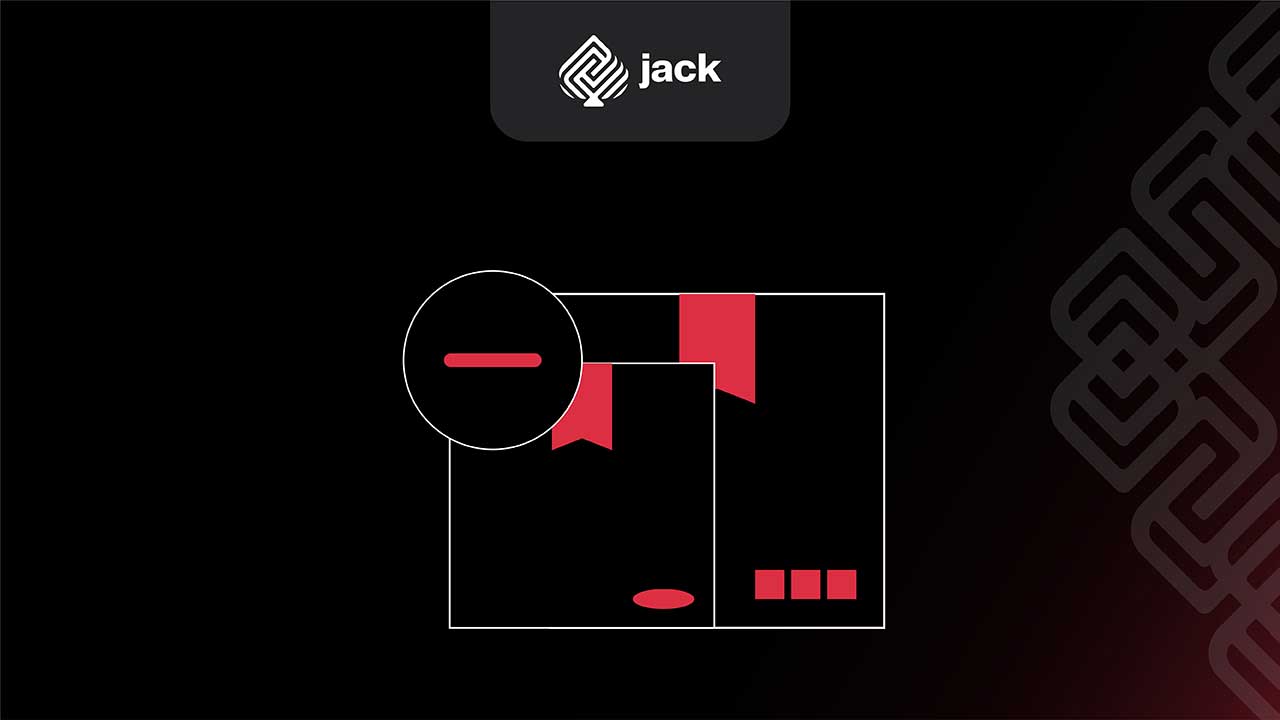In the constantly evolving business world, distribution activities play a crucial role. How a product or service is distributed can affect not only its availability in the market but also the overall success of the business.
This article will discuss current distribution activities and how market development strategies and business expansion can be key to success.
What Is Distribution Activity?

Before we delve further, let’s define what we mean by distribution activity. Distribution activities involve steps to deliver products or services from manufacturers or providers to end consumers. This includes transportation, storage, and inventory management to ensure product availability at the right time and place.
Distribution activities are the lifeblood of modern business. By implementing effective distribution strategies, a business can achieve broader reach, increase sales, and build a positive reputation in the market. This applies not only to physical products but also to services and digital content.
See Also: Easier, Automatic, and Real-Time Transactions with API Disbursement
Current Trends in Distribution Activities

1. E-Commerce Distribution and the Role of Digitalization
It is undeniable that e-commerce has become a major force in today’s distribution activities. Modern consumers tend to switch to online platforms for shopping, creating a significant shift in how products are distributed.
E-commerce platforms like Amazon, Shopee, and Lazada have become gateways for businesses to reach consumers globally. In this regard, the impact on distribution activities is as follows:
- Fast Delivery Process: Consumer demand for faster delivery drives businesses to improve distribution efficiency.
- Accurate Inventory Management: Digitalization enables real-time stock monitoring, reducing the risk of stockouts or excess inventory.
2. Omnichannel Distribution
The omnichannel concept refers to integrating various distribution channels to create a seamless and consistent shopping experience for consumers. This involves engaging consumers across various platforms such as physical stores, websites, and mobile apps. It affects distribution activities in the following ways:
- Consistent Product Information: Consistent product information across all channels helps build consumer trust.
- Uniform Ordering and Delivery Capability: Consumers can order from one channel and pick up or receive items from another channel.
3. Sustainable and Environmentally Friendly Distribution
Awareness of environmental impact has driven businesses to integrate sustainable distribution practices. From eco-friendly packaging to the use of electric vehicles, businesses are striving to reduce their carbon footprint.
Changes in distribution strategy:
- Use of Environmentally Friendly Packaging: Switching to recyclable packaging or environmentally friendly materials.
- Green Logistics: Choosing energy-efficient delivery routes and using sustainable transportation.
4. Implementation of Technology in Distribution Activities
Adopting cutting-edge technologies such as the Internet of Things (IoT), artificial intelligence (AI), and data analytics has had a positive impact on distribution activities. These technologies help accelerate processes, improve accuracy, and provide better insights.
Transformation in distribution activity processes:
- Use of Sensors and RFID: Direct monitoring of stock movements and ensuring delivery accuracy.
- Data Analysis for Demand Prediction: Using data to forecast trends and optimize inventory strategies.
5. Distribution Through Social Platforms and Influencers
Social media serves not only as a marketing tool but also as an effective distribution channel. Businesses leverage influencers and social platforms to reach a larger audience. The role of social platforms in distribution includes:
- Product Promotion through Influencers: Leveraging influencer popularity to create buzz and increase sales.
- Direct Transactions on Social Platforms: Making it convenient for consumers to shop directly through social platforms.
See Tutorial Account Verification Jack
Market Development Strategies in Distribution Activities

1. In-Depth Understanding of the Target Market
Before embarking on market development, a deep understanding of the target market is crucial. Identify demographic characteristics, preferences, and potential consumer needs. Careful market analysis will provide a strong foundation for formulating the right development strategies.
2. Effective Market Segmentation
Market segmentation is key to tailoring products or services to specific needs. Divide the market into different segments based on factors such as age, geographic location, or consumer behavior. Each segment may require different distribution approaches for maximum effectiveness.
3. Product or Service Diversification
Diversifying products or services is a powerful strategy for market development. Add product or service variations relevant to your existing portfolio. This will not only expand market share but also provide consumers with more options.
4. Strategic Pricing in Distribution Activities
Strategic pricing can be key to achieving sustainable market development. Consider appropriate pricing strategies for each market segment. Discounts, special offers, or value-added incentives can attract new customers and retain existing ones.
5. Targeted Geographic Expansion
Identifying and exploiting new market opportunities in strategic locations are key elements of market development strategies in distribution activities. Market research to understand needs and competition in specific regions will help determine the most effective distribution steps.
6. Strategic Partnerships and Collaborations
Forming partnerships with other players in the industry or even across industries can open doors to unexplored markets. Strategic alliances with distribution partners or related service providers can enhance distribution reach and provide mutual benefits.
Business Expansion: Increasing Reach and Influence

In the dynamic business world, distribution activities cannot be ignored. By understanding current trends, implementing smart market development strategies, and planning deliberate business expansion, companies can ensure that their products or services not only reach consumers efficiently but also win sustainable market share.






